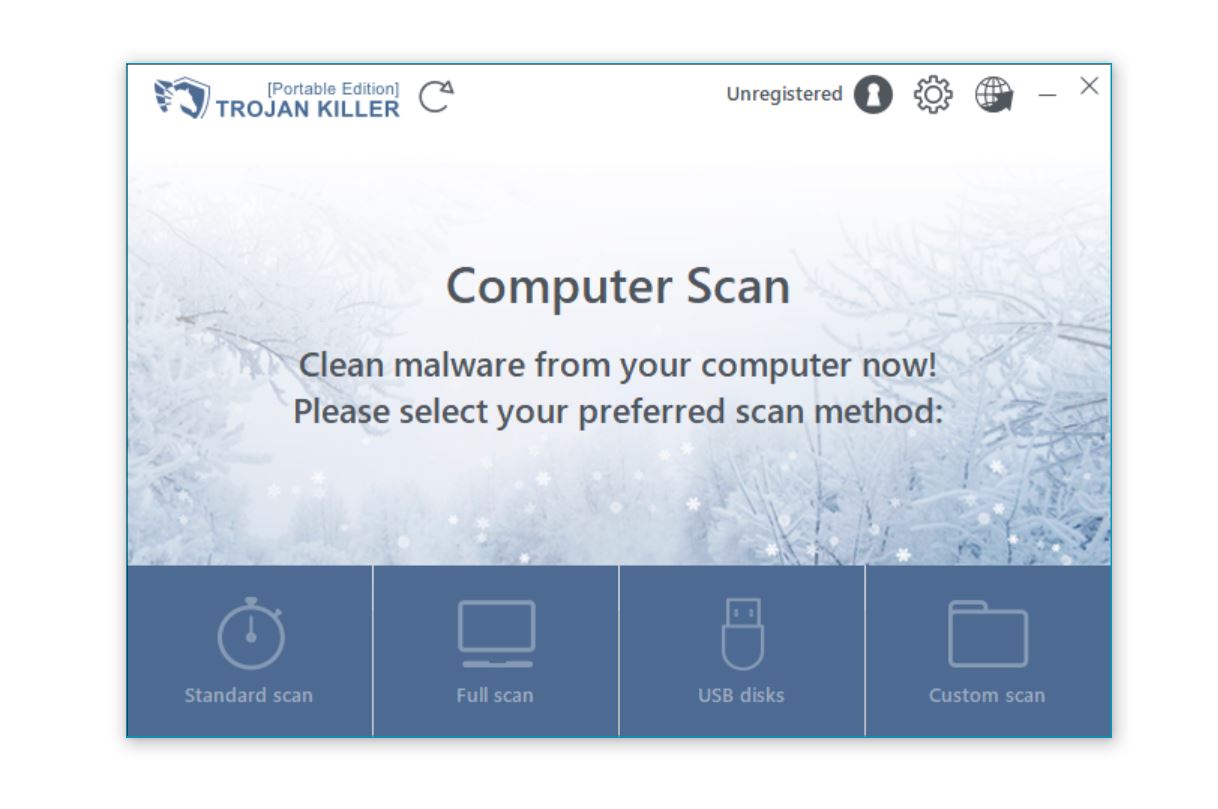Physical Address
Lesya Kurbasa 7B
03194 Kyiv, Kyivska obl, Ukraine
Physical Address
Lesya Kurbasa 7B
03194 Kyiv, Kyivska obl, Ukraine
A new phishing campaign impersonating WeTransfer file-sharing service is actively targeting users with fake “Tax Invoice and Contract Document” notifications. This sophisticated scam attempts to lure victims into clicking malicious links by exploiting trust in the legitimate WeTransfer brand and creating urgency through expiration dates. This technical analysis examines the attack vectors, identifies key warning signs, and provides guidance on protecting yourself from this and similar phishing attempts.
The phishing email follows a typical template designed to create urgency while appearing legitimate. A detailed examination reveals several technical aspects that can help users identify this scam:
Source: Analysis of WeTransfer Tax Invoice phishing email structure and suspicious elements
The first red flag appears in the email header information:
| Field | Content | Red Flag |
|---|---|---|
| From | “WeTransfer <cadmasters1@fastermeet.net>” | The sender domain “fastermeet.net” is not associated with the legitimate WeTransfer service. Authentic WeTransfer emails would come from domains like “wetransfer.com” or “we.tl”. |
| Subject | “WeTransfer Shared Tax Invoice (Documents)” | References financial documents to create urgency and increase the likelihood of user interaction. |
| Return-Path | Usually points to the same illegitimate domain | Legitimate WeTransfer emails would have return paths within their own domain infrastructure. |
| SPF/DKIM/DMARC | Usually fails or missing | Legitimate WeTransfer emails would pass these email authentication protocols. |
The email body contains several elements designed to appear legitimate while incorporating subtle signs of fraud:
The most dangerous element is the malicious URL embedded in the email:
https://ipfs[.]io/ipfs/bafkreiaad4jsv6672xleafusvnjytczbzjeica3lihq37b74zj347eksgu#<email>.com |
This URL reveals several significant security concerns:
This WeTransfer phishing campaign follows a sophisticated attack chain:
Source: Security analysis of WeTransfer phishing attack methodology and progression
The attack likely has these potential outcomes:
Authentic WeTransfer emails have several consistent characteristics that differentiate them from phishing attempts:
| Element | Legitimate WeTransfer Email | This Phishing Email |
|---|---|---|
| Sender Domain | Comes from wetransfer.com, we.tl, or transfer.wetransfer.com domains | Comes from fastermeet.net (unrelated to WeTransfer) |
| Email Design | Consistent, professional design with WeTransfer’s current branding | May contain design inconsistencies or outdated branding |
| Link Destinations | All links point to wetransfer.com or we.tl domains | Links point to IPFS gateway (ipfs.io) or other non-WeTransfer domains |
| Sender Information | Clearly states the name of the person who sent you files | Generic reference to “TAX INVOICE AND CONTRACT DOCUMENT” without a sender name |
| Personalization | Includes personalized message from the sender when available | Generic, impersonal message focused on creating urgency |
| Security Protocols | Passes SPF, DKIM, and DMARC email authentication | Typically fails email authentication checks |
To protect yourself from this and similar phishing attempts, follow these security best practices:
For comprehensive protection against phishing and other cyber threats, consider using specialized security software:

If you’ve already interacted with this phishing email, take these immediate steps:
This WeTransfer tax document phishing campaign is part of a broader trend of file-sharing impersonation scams. Similar phishing techniques have been observed in campaigns impersonating other popular services:
Legitimate WeTransfer emails always come from domains like wetransfer.com or we.tl. They include the name of the person sending you files, feature consistent branding, and don’t create false urgency. All links in authentic WeTransfer emails lead to wetransfer.com or we.tl domains. When in doubt, don’t click links in the email—instead, go directly to wetransfer.com and log in to check if you have any transfers waiting.
This scam demonstrates several advanced techniques: it uses IPFS (InterPlanetary File System) to host malicious content, making it harder to take down than traditional web hosting; it employs email tracking mechanisms to validate active email addresses; it creates convincing visual elements that mimic legitimate WeTransfer emails; and it exploits timely tax-related concerns to create urgency. The use of IPFS is particularly noteworthy as it leverages a decentralized file system to host phishing content, making it more resilient against traditional takedown methods.
Modern email security solutions can detect many phishing attempts like this one based on several indicators: sender domain reputation (fastermeet.net is not associated with WeTransfer), URL analysis (detecting the suspicious IPFS link), email authentication failures (the email likely fails SPF/DKIM/DMARC checks), and content analysis (recognizing patterns common in phishing). However, phishing techniques continually evolve, and no filter is 100% effective. This is why user awareness remains a critical defense layer against increasingly sophisticated phishing attacks.
If you click the link and interact with the resulting phishing page, attackers could potentially steal your WeTransfer credentials, email account login information, or other credentials requested by the fake login page. Additionally, the page might attempt to download malware to your device, which could lead to further compromise including keyloggers, ransomware, or remote access trojans. The link itself confirms your email address is active (through the tracking parameter), which makes you a target for future phishing attempts. Even without entering any information, visiting the link can reveal your IP address, browser type, and operating system to the attackers.
The WeTransfer Tax Invoice phishing campaign represents a sophisticated social engineering attack that exploits trust in a popular file-sharing service. By understanding the technical indicators and implementing proper security measures, users can protect themselves from this and similar phishing attempts.
Remember that legitimate services like WeTransfer will never send emails from unrelated domains or direct you to suspicious websites. When in doubt, always access services directly through their official websites rather than clicking email links. Maintaining a healthy skepticism toward unexpected emails—especially those concerning financial documents or creating artificial urgency—is your best defense against increasingly sophisticated phishing attacks.
For comprehensive protection against phishing and other cyber threats, consider using reliable security software like Trojan Killer that can detect and block malicious websites and alert you to potential phishing attempts before they compromise your security.